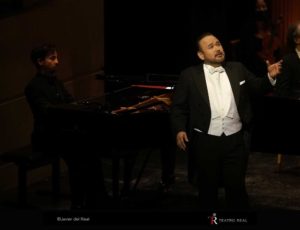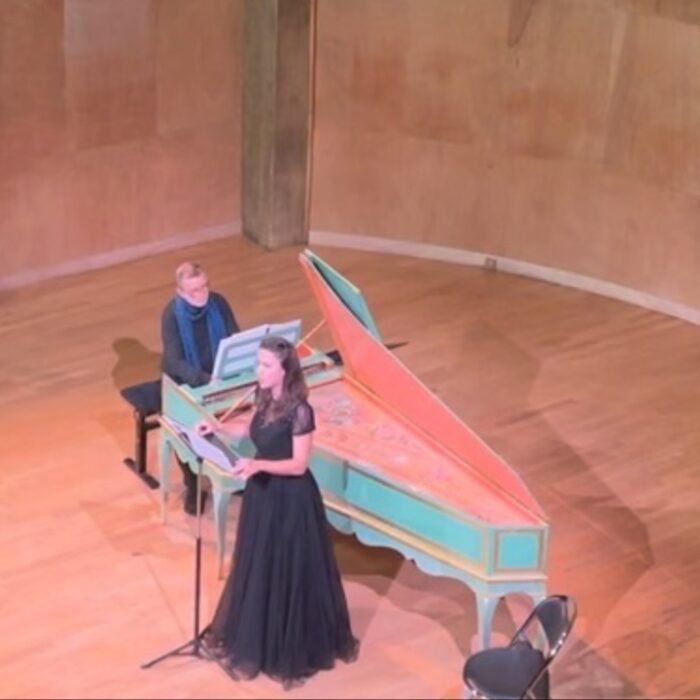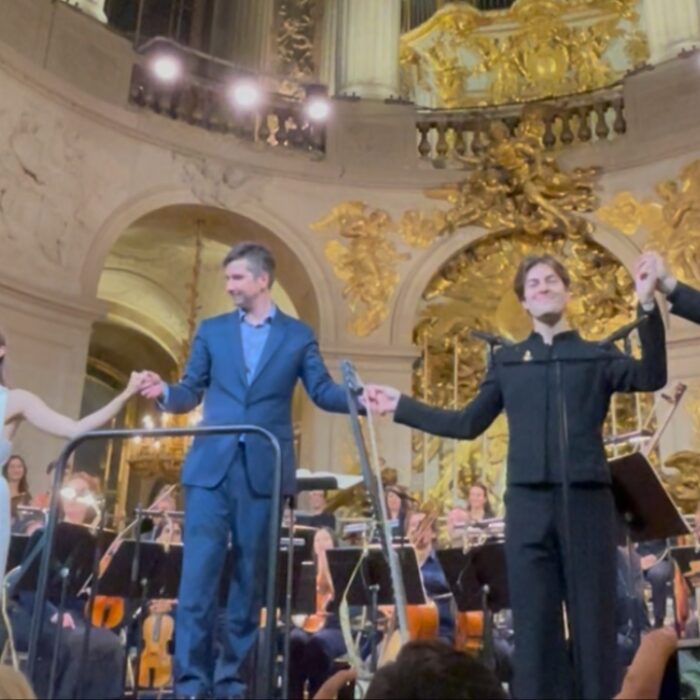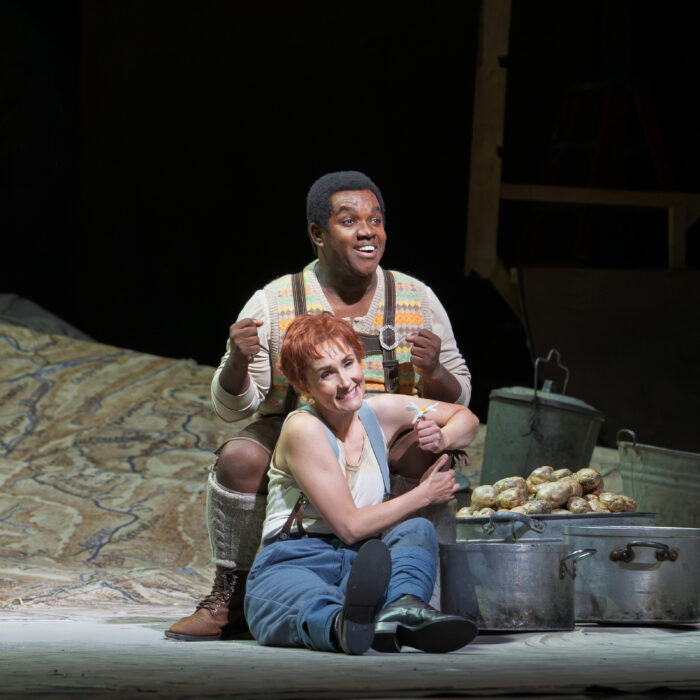
Teatro Real 2020-21 Review: Javier Camarena in Concert
The Mexican Tenor Delivers a Fantastic Display of French & Bel Canto Singing
By Mauricio VillaDespite the pandemic continuing to rage and canceling productions around the world, the Teatro Real de Madrid was able to bring together three of the world’s most renowned opera stars, Joyce di Donato, Jonas Kaufmann, and Javier Camarena, to perform recitals on its legendary stage. While DiDonato and Kaufmann took on more intimate programs, Camarena gave a full display of his best singing qualities and high notes in a full concert with orchestra.
The first part was dedicated to French repertoire and the second one to Bel Canto composers.
Camarena had been suffering from minor damage on a vocal cord (something he explained on social media), resulting in several cancelations over the last few months. As he said himself, he ended his last Tour in Madrid (where he suffered the consequences of the vocal complications) and he was starting this new tour in Madrid too.
The Mexican tenor’s voice sounded splendid, warm, full of harmonious, with strong projection, and showcased lots of pianissimi, diminuendo and extreme high notes, including several D flats and one D natural. But even if he was completely devoted to the audience, I could not help but sense a feeling of cautiousness, especially on the high notes which were in perfect position but not as free and bright as he uses to sing them.
He is generally generous with the encores but only offered one. And when he sang arias with cabalettas, he only sang one repetition when he usually does the two (as did last year in a concert at Teatro Real with Ricciardo and Zoraide). So from this, one can gather that he is still recovering. And on some level, that makes this particular performance all the more extraordinary because at the end of the day, Camarena was still at the high level he has upheld for the past decade.
His first aria was “Ah, leve toi soleil” from Gounod’s “Roméo et Juliette,” where he gave great emphasis on the words, full of ardent emotion and a clean attack on the two B naturals that climax the two sections of the aria. At the end, he even added a vibrant crescendo on the final note. It’s worth noting that he chose the original key which is a semitone higher than the published one that is most commonly sung.
He continued with “Le roi d’ys” which challenges tenors to maintain long lines in addition to two high piannississimo A naturals. Again, Camarena made it sound easy, particularly on the soaring soft sound of his pianissimo.
Next came two French arias by Donizetti, including “Don Sebastien’s”“Seul sur la terre.” This aria features the typical legato long phrases from the Bel Canto repertory with a higher tessitura including three high Cs and one D flat. The voice is quite exposed as most of the orchestral sound comes from the harps which leaves no margin for error.
He finished the first half with “Je suis joyeux” from “Rita.” The aria has five high Bs written in the score, but they have to sing in an octave interval. Camarena gave a small speech before this aria stating that it expressed exactly how he felt at this very moment, and admitted that he was in a panic before the concert as it was his first appearance with an audience since having to manage his vocal difficulties. He had every reason to be joyful.
Rossini & Donizetti
The second part of the concert was all about Rossini and Donizetti.
He began with the second tenor aria from “L’italiana in Algeri” – “Oh come il cor di giubilo” – which is a short piece and not particularly florid. That didn’t mean it was easy, especially since the tessitura is very high and the tenor is forced to perform high Cs and Bs. It was clear that he was preparing and moving the voice for what was to come.
“S’ella mi ognor Fedele” must be a comfortable aria for the tenor as he usually sang it in concerts. But the tessitura of the aria is extremely high (we are talking about an aria that contains 23 high Cs written in the score, plus one high D and high B). The coloratura is devilish is also. But as per usual, Camarena was brilliant. It was just a pity that he decided to sing the cabaletta one time, going straight to his variations; it was also the only occasion in which he did not opt for the high note at the end of the aria, ending it as written in the score. Then again, he did sing 23 high Cs before that and had a lot of other high notes left to sing.
“Povero Ernesto…” from “Don Pasquale” is not an easy number. To begin with is a long aria, where the voice is completely exposed while singing long legato lines. It requires perfect pitch and breathing technique, which Camarena displayed amply. The cabaletta is even harder because it has a plethora of high B flats, which could tire the voice, placing greater pressure on tenors who want to aim for the final high D flat. I’ve seen tenor fizzle out over the course of this aria – Camarena certainly did not. He kept the position of the voice very high and light and capped the passage with an amazing D flat.
The last piece in the program was “Ed ancor la tremenda porta…” from “Roberto Devereux.” Camarena, more than ever, used all his vocal resources to create a vast palette of colors and dynamics, especially during the recitative where he sounded menacing and tender. The aria was another masterclass in singing long legato phrases, and the cabaletta was ardent and passionate; he interpolated one high B and one high C sharp at the end, continuing a marathon of high notes without a single blemish.
The audience went wild, with a standing ovation at the close of the concert and was rewarded with an encore, “Esta tarde vi llover,” from the recently deceased musician Armando Manzanero. The final applause following the encore went on forever and we could see a very moved Camarena drying his tears.
Mexican conductor Iván López-Reynoso was a great partner for Camarena, providing steady tempi and intense sound and kept joyous energy throughout. He proved to be a solid exponent of Bel Canto and an essential part of what was an excellent showcase.


